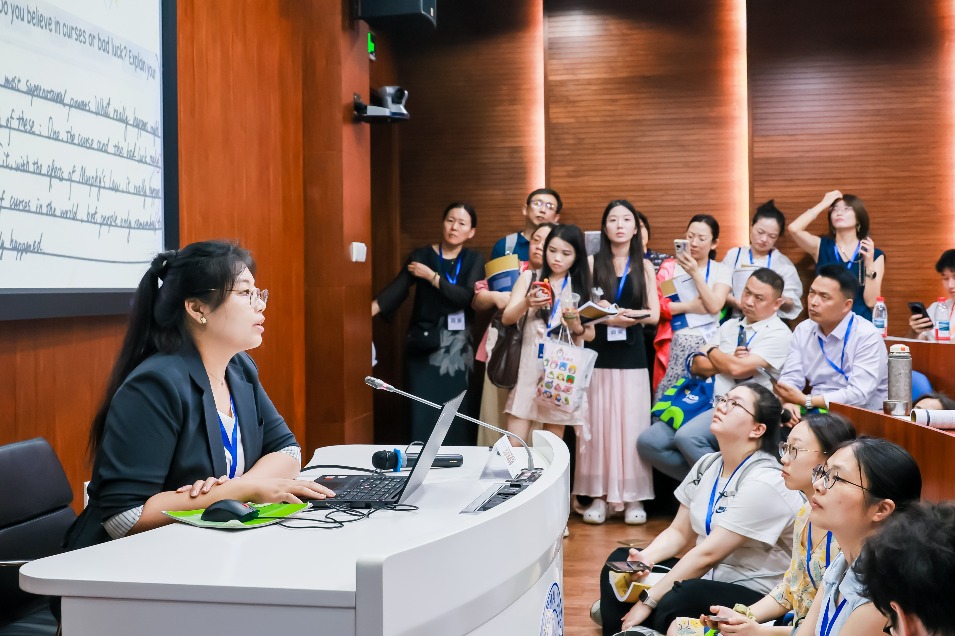Studies in the Forbidden City

Though there is a three-floor royal library in the Forbidden City known as Wenyuan Ge ("Belvedere of Literary Profundity"), emperors usually preferred a cozy and private space when reading, reviewing documents and writing. Nearly 30 studies are scattered across the Forbidden City, and most of them were built during the Qing Dynasty (1644-1911).
The most famous examples are:
Sanxi Tang (Hall of Three Rarities). It gained its name because Emperor Qianlong kept a collection of three milestone calligraphic works there, including one written by Wang Xizhi.
Xiangxue (Snow With Aroma) study. A rockery in the room resembles mountain scenery. Three sides of the room have been covered by exquisitely painted wallpaper.
Wujing Cuishi (A Room Assembling Five Classics). It once housed Southern Song era (1127-1279) printed versions of five key classics of Confucianism, first compiled between 2,200 to 2,600 years ago.
Changchun Shuwu (A Study With Lasting Spring). Emperor Qianlong's private study was famed for its complex decor. Recent archaeological research shows that its walls were designed with carved wooden decorations.
Sanyou Xuan (A Studio With Three Friends). Through decorative patterns, it is dedicated to plum, pine and bamboo, the literati's "three friends in cold weather".
Today's Top News
- China and US agree to extend tariff rates after two day talks in Stockholm
- US, China trade talks candid, in-depth, constructive, says China intl trade representative
- China unveils delegation for Chengdu World Games
- Xi urges youths to champion vision of peace
- All-out relief efforts underway in flood-hit regions
- Crucial to foster stable China-ROK ties: China Daily editorial






























